Blog
Missing Piece Replacement
I have been considering for some time the possibility of starting a service to replace missing pieces in old puzzles. Educa’s Lost Piece Service is useful, but when the puzzle is 8 years old, replacements are not available anymore. The Jigsaw Doctor is a great alternative, and the people that have used the service are happy with the work, but…
What if it was possible to replace a missing piece in an old puzzle with a matching original piece?
I have my lot of assembled incomplete puzzles. Perhaps some people might need a piece from my puzzle to complete their incomplete copy. Surely other users have another incomplete puzzle that they might be willing to offer for replacements.
With time, it is possible to build a repository of puzzles available from many different users.
Can it be done?
I got input from visitors and customers, and I went back and forth without making up my mind until I recently completed 4 copies in a row of the 3000, Ravensburger, Oriental Folk Scene. It has helped me learn about puzzles and about the limitations of a lost piece replacement service.


First of all, the same puzzle may have been manufactured at different times of the same year using a different die. In that case, even when the puzzle is the same, the pieces will not be compatible. Of the 7 copies I had of the puzzle, 4 of them had compatible pieces because they were manufactured with the same die.
Does that mean that the pieces of the four compatible puzzles are fully interchangeable and match perfectly?
Well, not really.
The pieces match perfectly in shape. However, depending on the way the cardboard was placed on the cutting press, the images within the piece might not match exactly. The variation can be just a couple of millimeters, but it can be noticed once the piece is in place.
Let’s look at this piece with lines in it.
The shapes of the pieces are identical, but the image inside the piece varies slightly. When you put the piece in place, the lines don’t match and it can be noticed.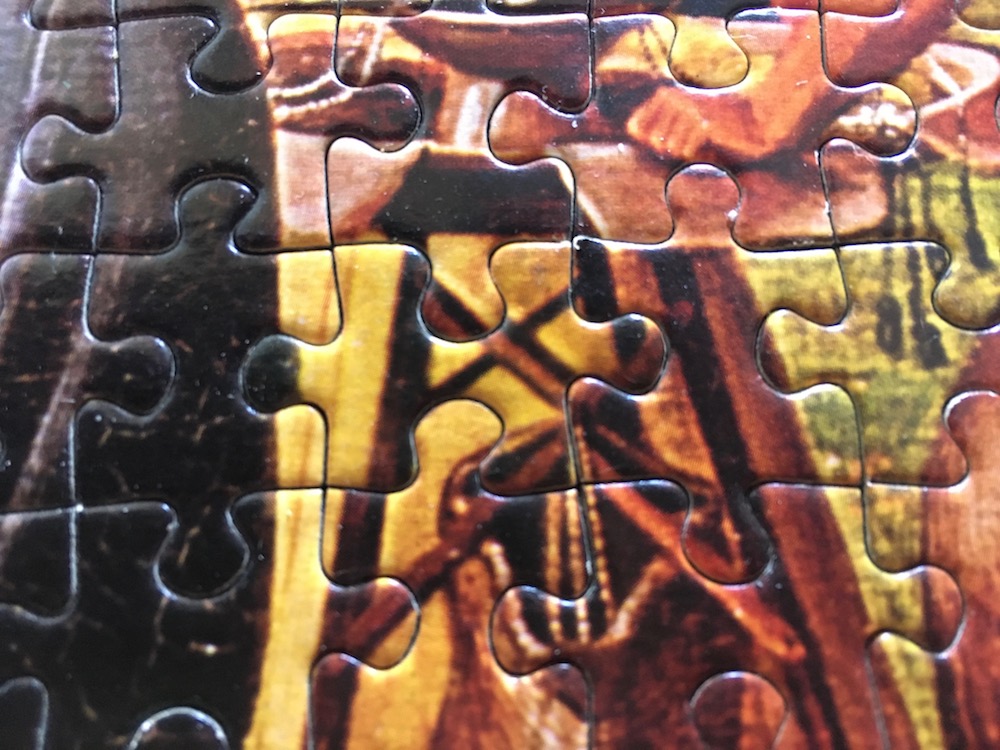
If the piece doesn’t have clear lines or it has a less defined image, then it will be difficult to notice. The replacement of this damaged piece can pass undetected.


Another problem is the fact that the colors and shades of the printed image can actually vary, and the replaced piece can be noticed because it looks it has a slightly different color. This happens mainly with solid colors, like pieces belonging to the sky.


And yet, there are examples of perfect matching. You would never guess that in these pictures one of the pieces was a replacement.
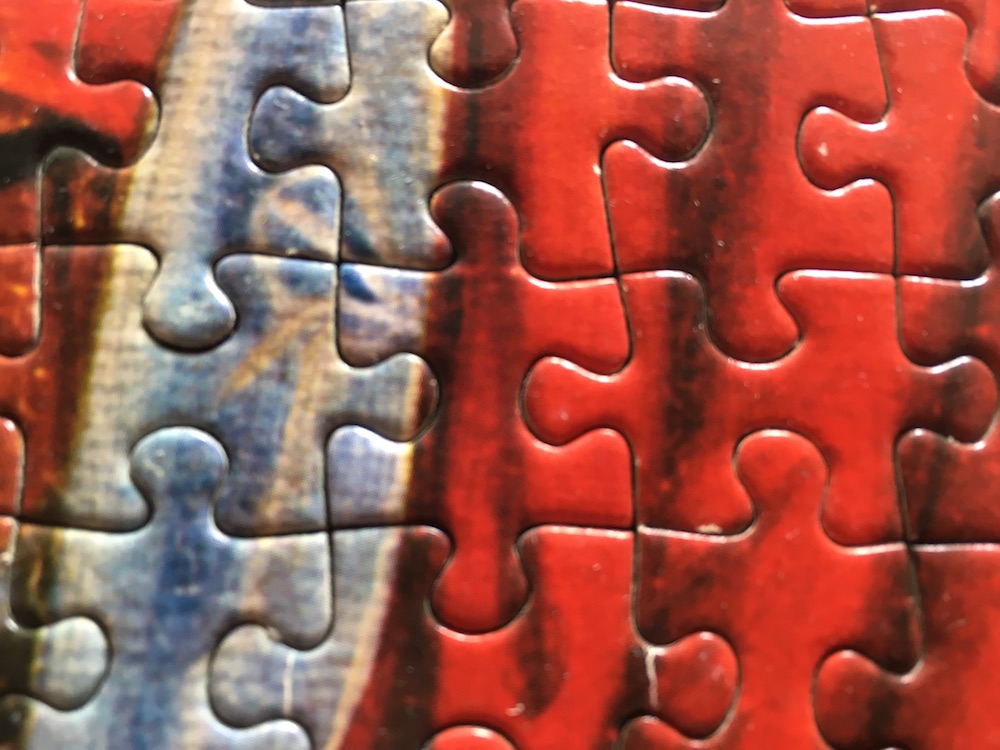

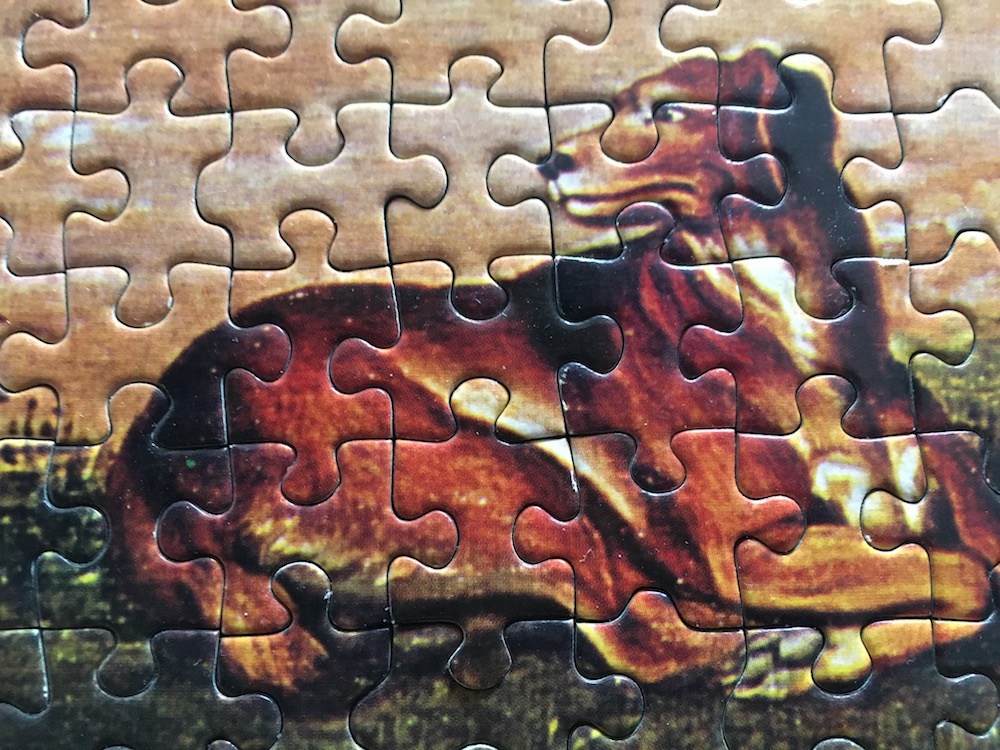
Finally, the pieces that belong to the columns or rows at the border of the die, will actually vary in size and might not be compatible because they will be either too large or too small. That will not be a problem if it is a border piece, but it will be if it is a piece in the inner column or row where the die is turned in the press. Luckily, those pieces are barely just 2% of the total.

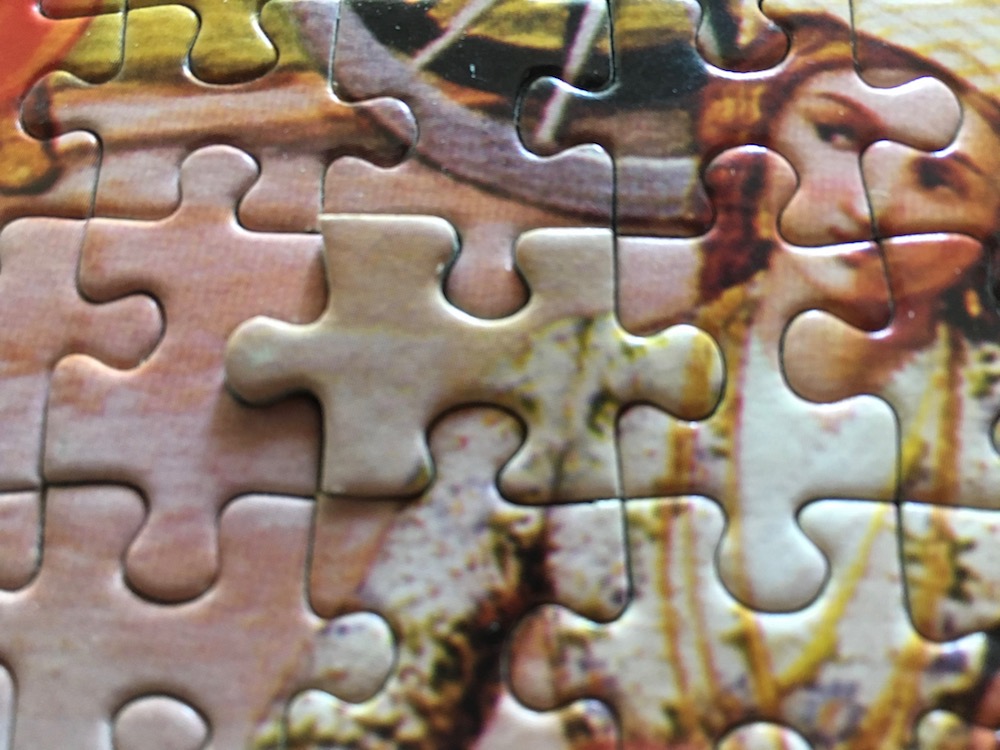
I think that Educa’s Lost Piece Service would probably have similar shortcomings, and I am sure that the hand crafted pieces manufactured by the Jigsaw Doctor will not be perfect either.
For that reason, my conclusion is that an imperfect replacement will be better than an incomplete puzzle. It’s worth trying.
2 thoughts on “Missing Piece Replacement”
Leave a Reply
You must be logged in to post a comment.
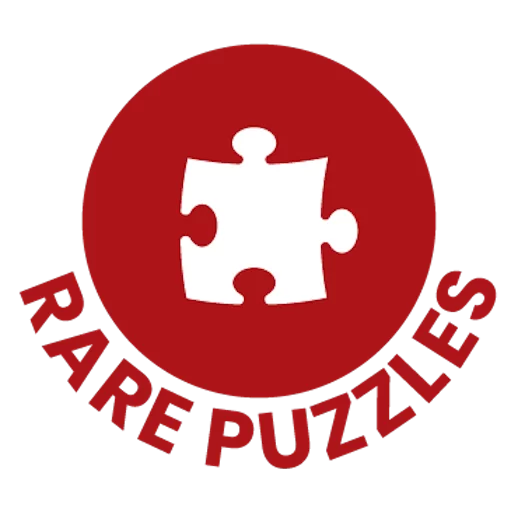
I just want to put in a shout out for the Jigsaw Doctor http://www.jigsawdoctor.com/. Their work is quite extraordinary. I have just received 2 new pieces to complete Ravensburger’s Capitulation of Ulm. The colour matching is perfect, the detail is incredible and the pieces are indistinguishable from the originals.
We have read some good reviews as well. In fact, whenever someone contacts me looking for a missing piece, I always recommend the Jigsaw Doctor when we don’t have any replacements. In fact, the link to their website is included in the entry, 😉 Thanks for the tip!